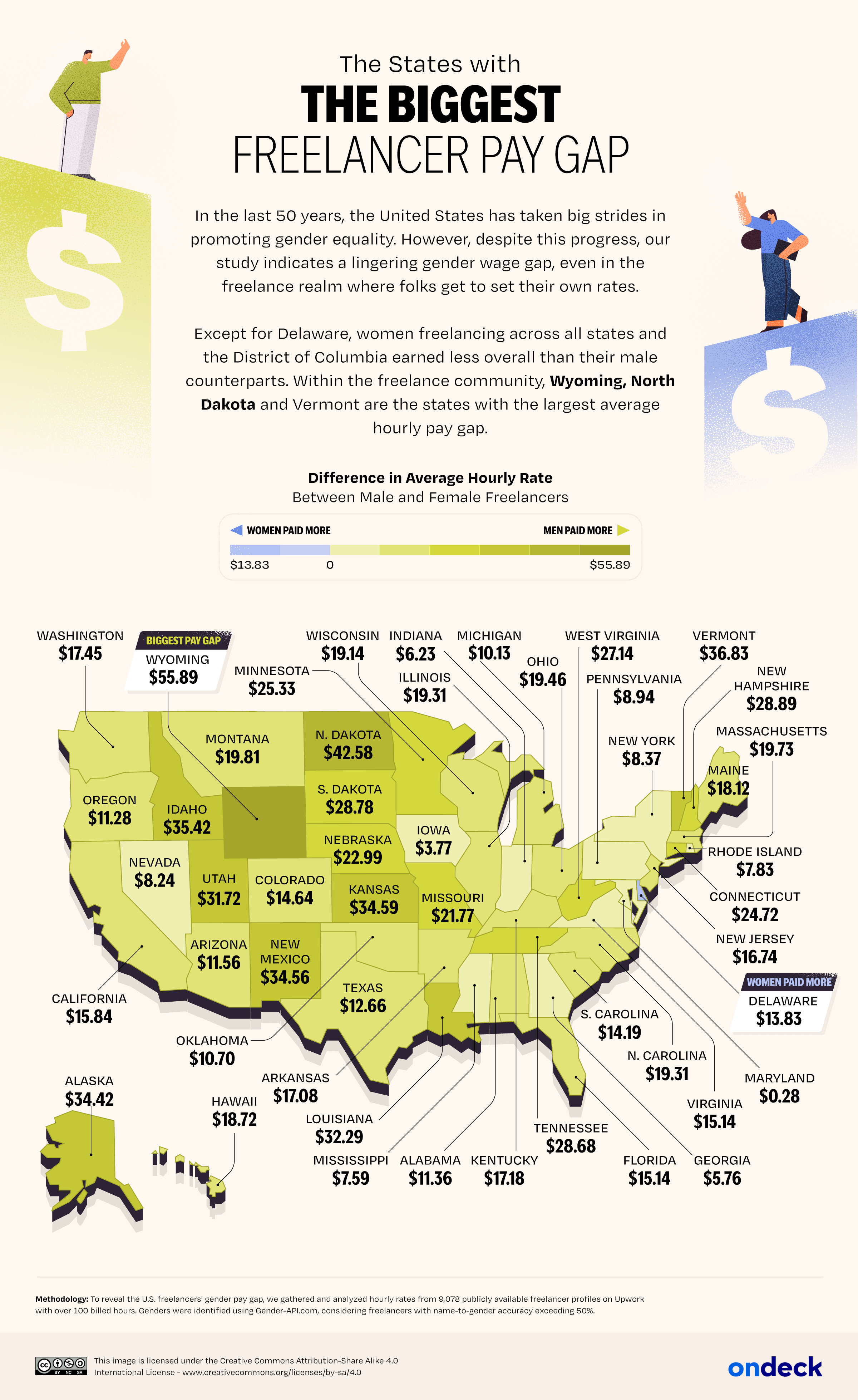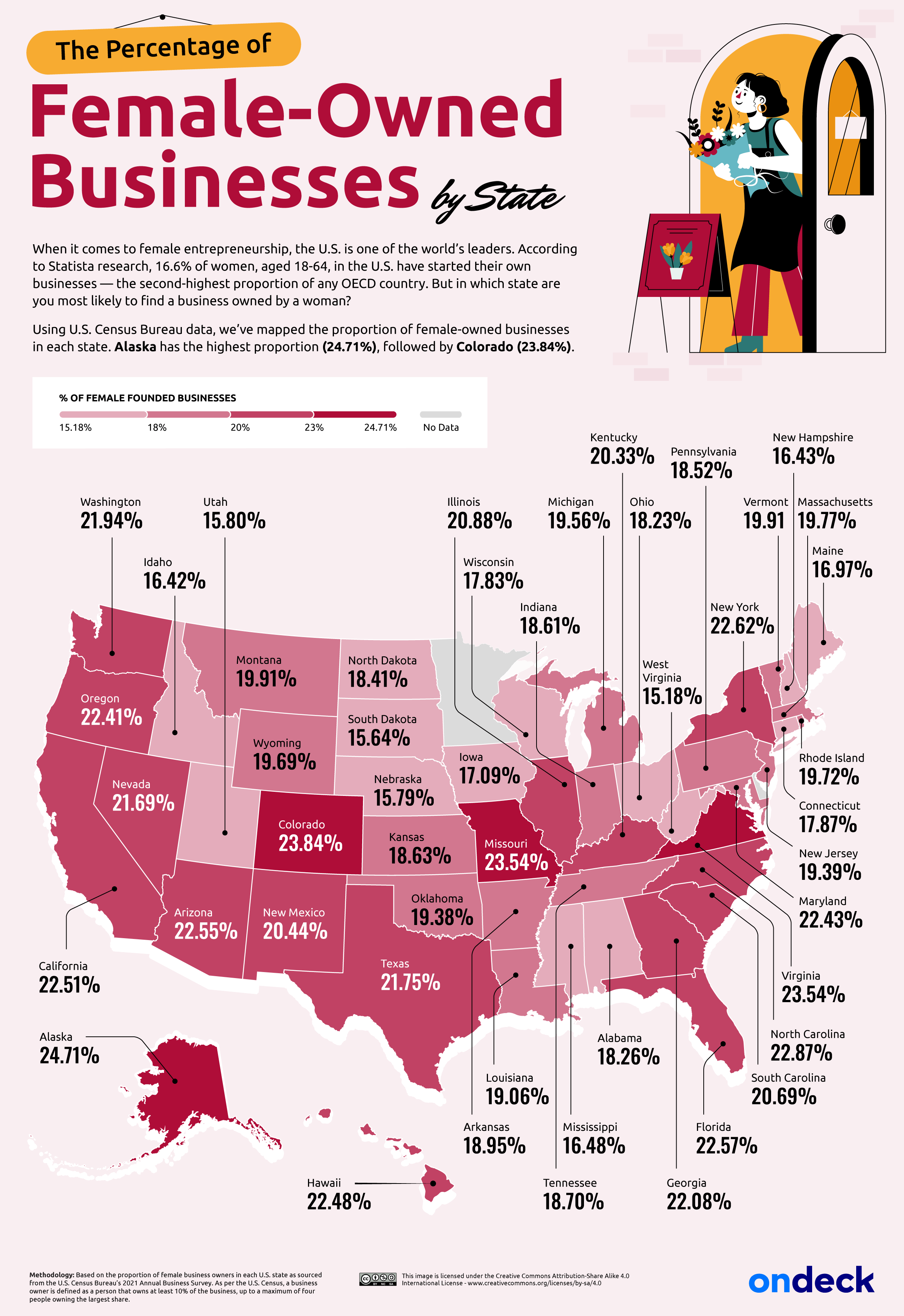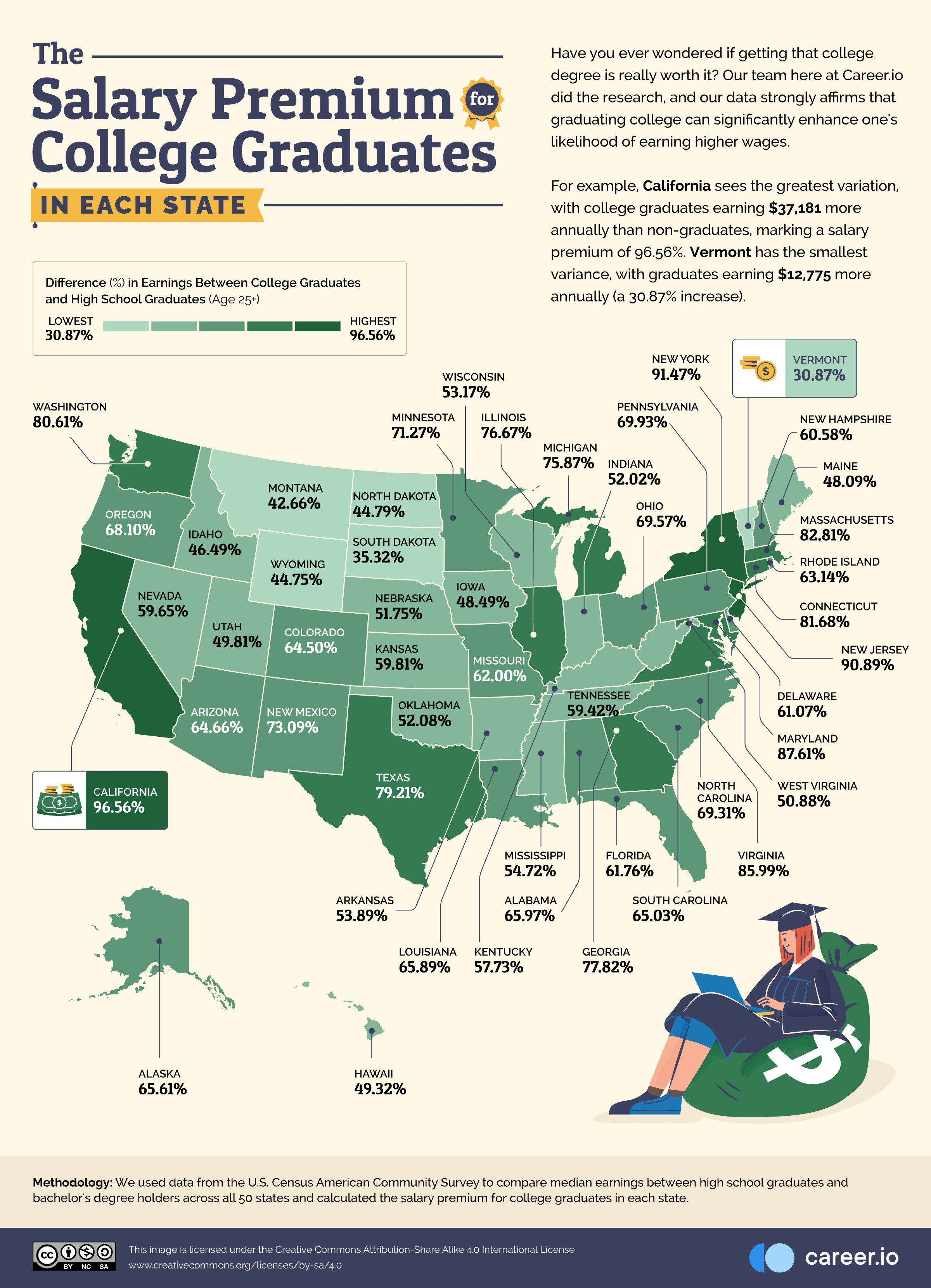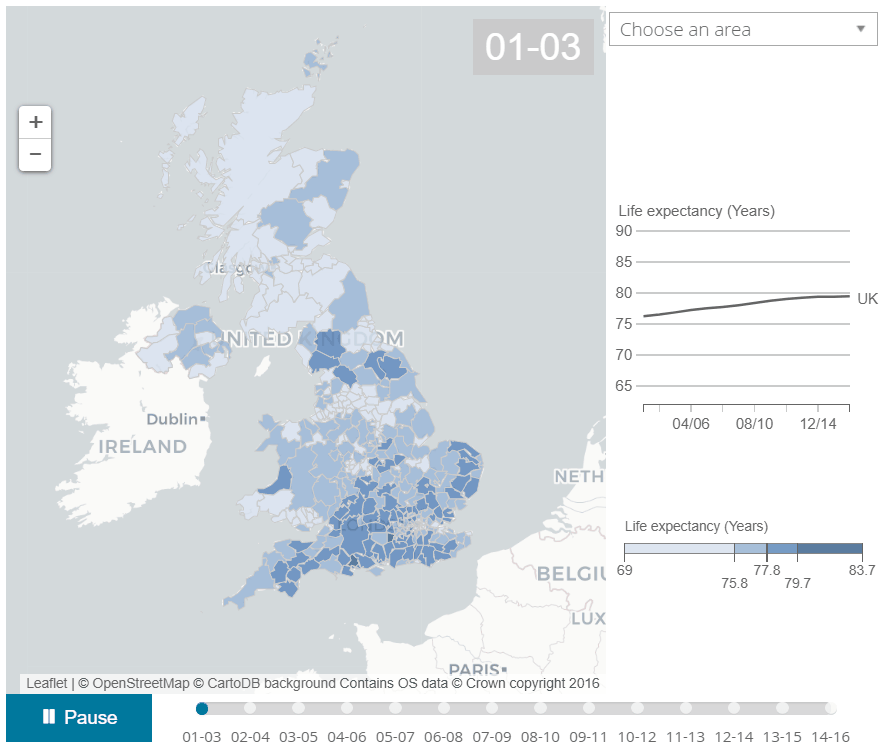Where Men Outnumber Women—and Vice Versa in the U.S. and Canada
Did you know that despite a global trend of roughly equal gender ratios at birth, distinct geographic patterns emerge in gender distribution across North America? Let’s dive into this fascinating intersection of demography and geography.
The Big Picture: Overall Gender Distribution
As of 2022, women slightly outnumber men in both the United States (50.7% female) US Census Bureau and Canada (50.4% female) Statistics Canada. However, this national-level data masks intriguing regional variations that tell a deeper story about our communities.
A Divided Map: Regional Gender Patterns
The map below created by @MetricMaps shows which states and provinces have more males (blue) and which have more females (pink):

Looking at the map above, we can see a clear geographical divide. The northern territories and central states show a predominance of blue (more males), while the eastern regions and coastal areas tend toward pink (more females). This striking pattern isn’t random—it reflects complex social, economic, and demographic forces at work across North America.
The Male-Majority Regions: Following Industry and Opportunity
Several factors drive male-majority populations in specific regions:
- Resource Industry Hubs: In Alberta, where oil and gas employment represents 8.1% of total employment Government of Alberta, the male population skews higher. Similar patterns emerge in North Dakota, where the energy sector has transformed local demographics.
- Military Presence: Alaska, with its six major military bases Department of Defense, shows a notable male majority, particularly in areas surrounding these installations.
- Remote Work Environments: The Territories in Canada show some of the most pronounced male majorities, particularly in mining communities Natural Resources Canada.
Female-Majority Areas: Urban Centers and Demographic Trends
Certain regions consistently show higher female populations:
- Metropolitan Centers: New York City, for instance, has a 52.3% female population, reflecting a broader urban trend.
- Higher Education Clusters: Massachusetts, with its concentration of universities, shows a higher female population, particularly in college-age groups.
- Life Expectancy Impact: Women’s higher life expectancy (According to CDC – 80.2 years vs 74.8 years for men in the US) significantly influences gender ratios in retirement destinations.
The Broader Impact: Beyond Numbers
These gender imbalances shape communities in fascinating ways. Research suggests they influence everything from local economic development to social dynamics. For instance, male-majority regions often see higher wages in traditionally male-dominated industries, while female-majority areas frequently show more diverse economic opportunities and stronger service sectors.
What patterns do you notice in your region? Have you observed how these demographic differences influence your local community? Share your observations in the comments below!








